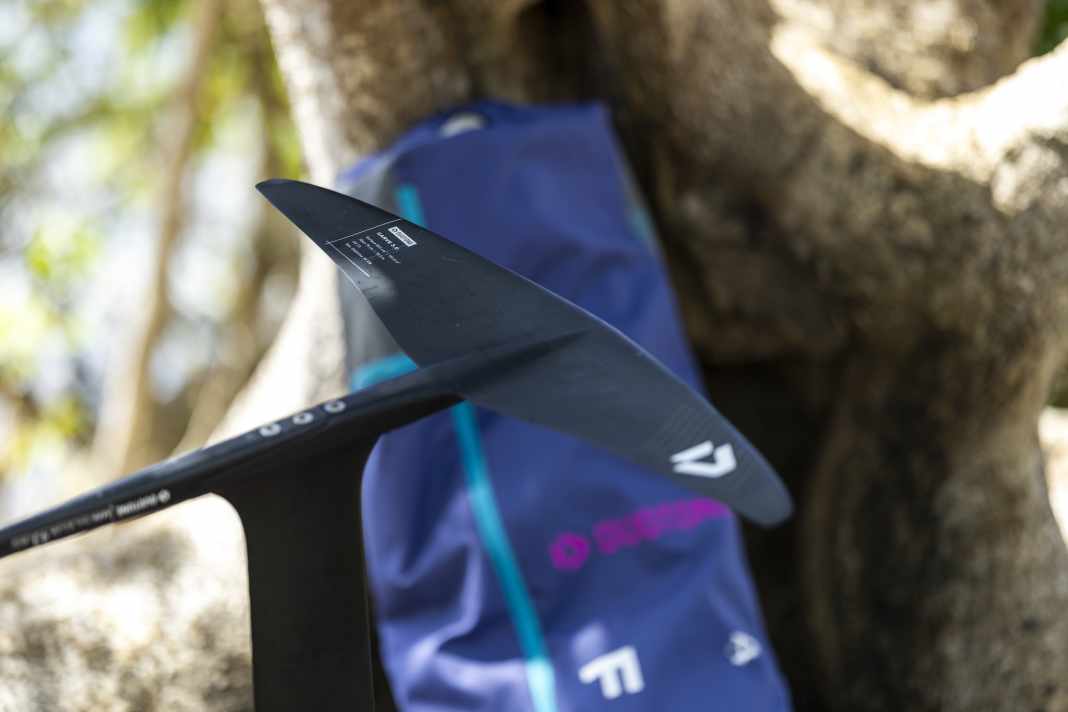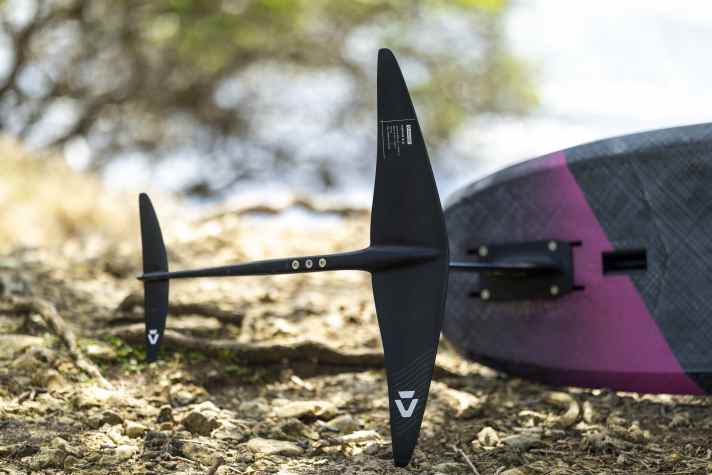





With the new Carve 3.0 D/LAB Foil, Duotone wants to set new standards in the foil segment, as it should offer improved jumping and gliding capabilities compared to its predecessor, the Carve 2.0 D/LAB.
Versatility for different disciplines
The Carve 3.0 E/LAB according to Duotone, is not just designed for one specific discipline, but covers a broad spectrum. Whether freestyle, prone, surfing or kite foiling - the foil should adapt seamlessly to different riding styles and areas of use. Freestyle enthusiasts in particular can expect strong pop from the new Carve 3.0 Foil on take-off, while another strength is said to be its fluid rail-to-rail turning characteristics, which enable the tightest of turns. Duotone also wants to improve flight stability compared to the previous model. (HERE is a test) which should provide more control at high speeds. According to the company, this has been achieved by adapting the outline: The front wings now offer more surface area in the centre area, while the surface area has been visibly reduced towards the wing tips. The profile has also been modified.

Duotone Carve 3.0 Foil - less resistance, more efficiency
"During development," the manufacturer assures us, "we placed great emphasis on optimised design. Each size has specially adapted profiles and curvatures to ensure optimum performance across the entire product range. The use of an advanced high modulus carbon layup with optimised fibre blending and orientation results in a lightweight but extremely strong construction. The design of the wing minimises visible screws, significantly reducing drag for unrivalled speed and efficiency. To match the new Carve 3.0 E/LAB, we have also developed a finely tuned stabiliser called PX, which supports a smooth and direct ride with exceptional acceleration, low drag and intuitive cornering."
The fact that the new front wings can now be ridden with slightly smaller stabilisers should also have a positive effect on turning ability and top speed. The Carve 3.0 E/LAB is compatible with all E/LAB back wing options and all Duotone masts with a 3BS connection. The front wing is available in five sizes with an area of 500/650/800/950 and 1100 cm2 >> e.g. here. The Duotone team explains the exact differences in this video:
